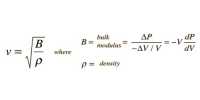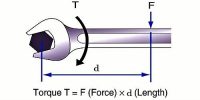Conditions of equilibrium of a rigid body acted upon by a system of concurrent forces in plane (here describe two conditions):
(i) If an object is in equilibrium under the action of three forces, the resultant of two forces must be equal and opposite to the third force. Thus. the line of action of the third force must pass through the point of intersection of the lines of action of the other two forces. In other words, the system of three coplanar forces in equilibrium, must obey parallelogram law, triangle law of forces and Lami’s theorem. This condition ensures the absence of translational motion in the system.
(ii) The algebraic sum of the moments about any point must be equal to zero. ∑ M = 0 (i.e) the sum of clockwise moments about any point must be equal to the sum of anticlockwise moments about the same point. This condition ensures, the absence of rotational motion.














